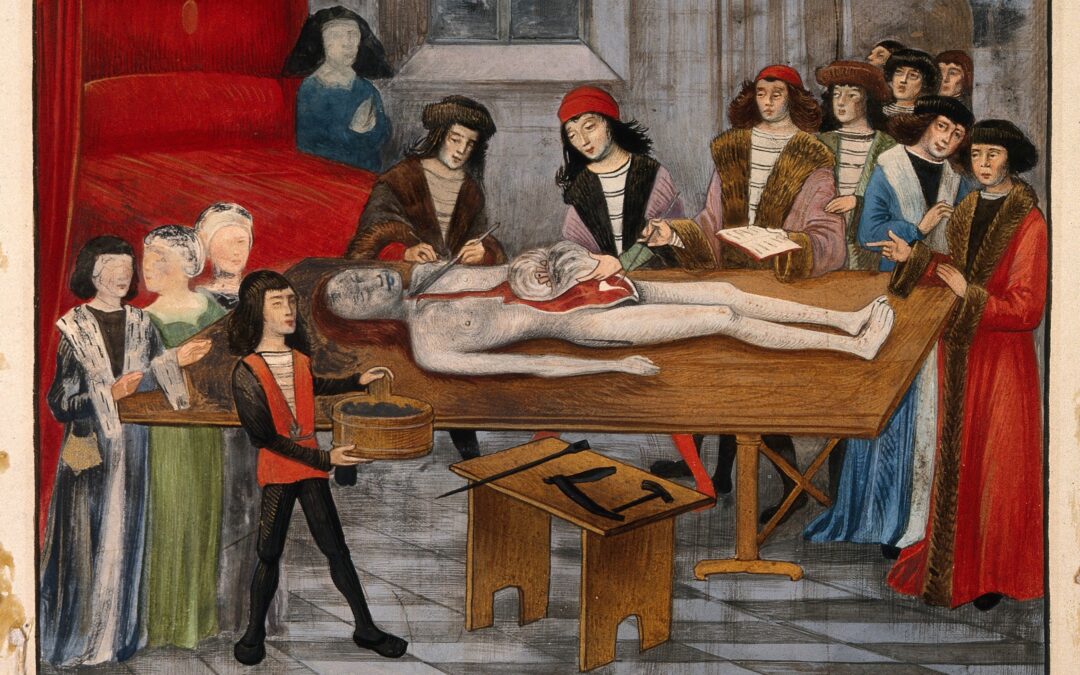By Analuisa Ahumada Madrigal, Student, Law School – Universidad Anahuac Queretaro
In Mexico there is a great problem with violence, connected to homicides. Mexico has registered around 91 deaths per day[1]; in the 7 entities which reported such statistics, it is said that 71% of the bodies are set to be unidentified[2]. However, there is an enormous problem concerning the dignity of unrecognized bodies, mainly because a dead person does not have the possibility of expressing wishes, purposes, suffering, or any type of resistance to the violence to which their body may be subjected[3]. In 2019 Mexico had a forensic crisis due to the war against drug trafficking during the six-year term of former President Felipe Calderon. The Forensic Medical Service (SEMEFO), registered the largest number of unidentified corpses ever seen. There were so many that no effort was even made to identify all of them. A study that was carried out on the forensic crisis found that 27,271 unrecognized bodies were taken to the “common grave”, 5,446 remain in SEMEFO and most impressively was that 2,589 bodies were donated to universities for experimentation[4]. Here is where the problem begins.
The law establishes that for the use of corpses of unknown persons, educational institutions may obtain them from establishments that provide medical care or social assistance services, but this becomes a problem for the dignity of the unidentified body, as well as causing violence to the family of the deceased person. Before death, the person did not consent to having his body donated to educational institutions where he could be subjected to experiments and various situations. In addition to that, his family will definitely no longer have the opportunity to find their relative. In Mexico, there is a “General Law of Victims” which establishes that victims have the right to know the truth and to receive specific information about crimes and violations of rights that had directly affected them[5]. If the corpse did not have post-mortem dignity, the law would not have to legislate against incorrect use of corpses. In the Mexican Federal Penal Code, it speaks about violations of rights in the privacy of the body, its image and its honor. In 2009 in Mexico, one of the largest cases of femicide – the campo algodonero case, which had occurred in 2001, was brought to the Inter-American Court of Human Rights. In this case 8 women were found dead, but only three were identified[6]. No effort was made to identify the other five bodies. The authorities dealt out the remaining bodies to the families with no assurance that they were actually members of those families. Another clear example of the lack of dignity accorded to unidentified bodies and the seriousness of donating unidentified corpses to educational institutions is that in 2014, Mexico once again suffered one of the most controversial cases it has ever seen, the disappearance of 43 students from Ayotzinapa, Guerrero.
Another very important issue that must be touched on is organ or tissue donation, whether a body is identified or not, it could be the victim of organ extractions for donation or sale. In Mexico this arises from a socio-cultural issue. Even despite having holidays like the Day of the Dead, death is not really something accepted and above all it may be felt to be terrifying. Organ donation can occur from brain death, which will include head trauma from a motor vehicle accident, falls, gunshot wounds, haemorrhages in the brain from aneurysms and seizures, drug overdose, drowning, and poisoning. among others[7]. Therefore, if the cause of death was a homicide by gunshot wound, people will be able to organ-poaching or illegally sell these organs. For such reasons, there is a brisk market in illegal organ sales on the part of organised crime in Mexico. Besides selling organs, these criminals go to extreme lengths to erase any link to the people that have been kidnapped and murder to obtain these organs. Sick people and their relatives do not readily accept death. This fear is often due to not knowing what happens after death, worry about surviving loved ones and the fact of not knowing if the process will be painful or not. I previously mentioned that a person is most vulnerable at the moment of death, since he can be the object of violence, modifications and extractions perpetrated on his body, and above all his last wishes regarding his body are not really fulfilled by the simple fact that he is no longer able to protest. Many people come to use the corpse as a mere object without that being the true desire of the person. Post-mortem dignity includes the times when the media take and use photos of the body and use them in publications, since they should not be exposed to the public. What we really need to consider is that even though the person has already died, their body still has dignity, and the family should be given respect and support. Finally, I believe that it is important to establish new regulations regarding unidentified bodies and, above all, to train the SEMEFO authorities so that they can have sufficient means to identify the massive number of bodies that need to be
[1] Deutsche Welle (www.dw.com). (n.d.). México registró menos homicidios en 2022. DW.COM. https://www.dw.com/es/m%C3%A9xico-registr%C3%B3-menos-homicidios-en-2022/a-64430440
[2] El Economista. (2022, December 1). En siete entidades, 71% de los cuerpos sin identificar. https://www.eleconomista.com.mx/politica/En-siete-entidades-71-de-los-cuerpos-sin-identificar-20221201-0004.html
[3] La Dignidad Post-Mortem en el Sistema Jurídico Mexicano. (2022). Comisión Estatal De Derechos Humanos Jalisco. Retrieved March 26, 2023, from https://cedhj.org.mx/revista%20DF%20Debate/articulos/revista_No18/ADEBATE-18-art2.pdf
[4] Tzuc, E. (2020, September 25). Crisis forense en México: un país rebasado por sus muertos. CIPER Chile. https://www.ciperchile.cl/2020/09/25/crisis-forense-en-mexico-un-pais-rebasado-por-sus-muertos/
[5] Ley general de víctimas. (2013, January 9). https://www.diputados.gob.mx/LeyesBiblio/pdf/LGV.pdf. Retrieved July 9, 2023, from https://www.diputados.gob.mx/LeyesBiblio/pdf/LGV.pdf
[6] “Campo Algodonero”: Caso González y otras vs. México | Comisión Nacional de los Derechos Humanos – México. (n.d.). https://www.cndh.org.mx/noticia/campo-algodonero-caso-gonzalez-y-otras-vs-mexico
[7] Muerte Cerebral. (2021). The National Kidney Foundation. Retrieved March 26, 2023, from https://www.kidney.org/sites/default/files/docs/braindeath_sp.pdf

